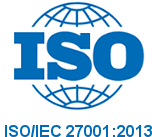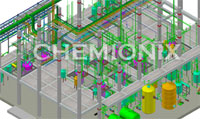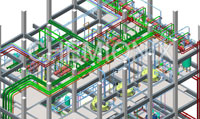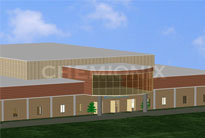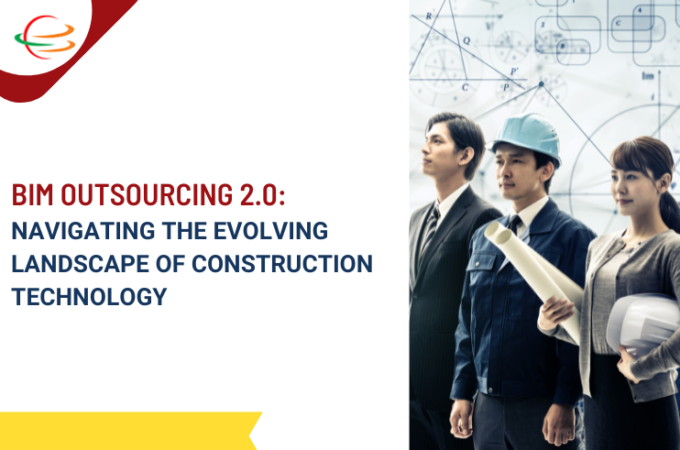BIM has been widely adopted by the AEC industry to improve the quality and efficiency of projects. However, BIM is not a static or isolated process. It is constantly evolving with new technologies and practices.
In this blog, we’ll explore the latest trends and challenges that are shaping the future of BIM and how BIM outsourcing services can help AEC firms navigate the changing landscape of construction technology.
What is BIM 2.0?
BIM 2.0 is a term that refers to the next generation of BIM that goes beyond the traditional 3D model-based approach. It is an integrated environment of distributed information that’s constantly updated.
A key feature of BIM 2.0 is cloud computing. It allows BIM data to be managed on the internet rather than on local servers. This enables real-time collaboration between teams.
Benefits of BIM 2.0
BIM outsourcing services offer several benefits for the AEC industry, such as:
Enhanced Collaboration
All your stakeholders can work on the project simultaneously, regardless of their location and time zone. You can take your decision-making to a whole new level.
Improved Efficiency
The BIM data can be updated and synchronized automatically, reducing errors and reworks. This also saves time and resources for data management and transfer.
Increased Quality
BIM drafting services provide more accurate and comprehensive information about the building, from design to operation. This enhances the overall quality of the project, as everything from maintenance to sustainability is a lot more precise.
New Opportunities
BIM 2.0 provides so much new information and insights that open up new possibilities for innovation and value creation. This will allow you to create new products and services.
Challenges of BIM 2.0
BIM 2.0 also poses some challenges for the AEC industry, such as:
Data Security
BIM 2.0 involves storing and sharing sensitive and confidential data on the cloud. As we all know, the cloud is not free from breaches and hacks. Robust data security measures and protocols have to be implemented.
Data Quality
The quality of the data collected is crucial for BIM 2.0. The various sources, such as sensors, web services, or the semantic web, have to be accurate. This requires data quality assurance and validation methods.
Data Integration
BIM 2.0 involves integrating data among different platforms, which may not be compatible or consistent. Data integration and interoperability standards are required.
Data Analysis
BIM 2.0 generates a large amount of data that needs to be processed to derive meaningful information. Data analysis and visualization techniques have to be employed.
How Outsourcing Can Help with BIM 2.0
If you want to get the most out of BIM 2.0 and navigate its challenges with ease, reaching out to a BIM design outsourcing company like Chemionix is a great choice. Here are some ways it will help you:
Access to Expertise
You can tap into the specialized knowledge and skills required for BIM 2.0. You get access to the latest technologies.
Cost Savings
By outsourcing, you save yourself the expenses of hardware, software, infrastructure, maintenance, training, and staffing. You can optimize the resources to improve productivity and efficiency.
Flexibility
You can adapt to the changing demands and expectations of BIM 2.0 by opting for BIM outsourcing services. They provide contingency and backup plans to manage risks and uncertainties.
Hire BIM Outsourcing Services
Chemionix is a leading BIM company that can help you elevate your project. You can focus on your core competencies by outsourcing your project to us. We will offer you the best technologies and resources to execute your project in a streamlined manner.
Contact Chemionix today!


